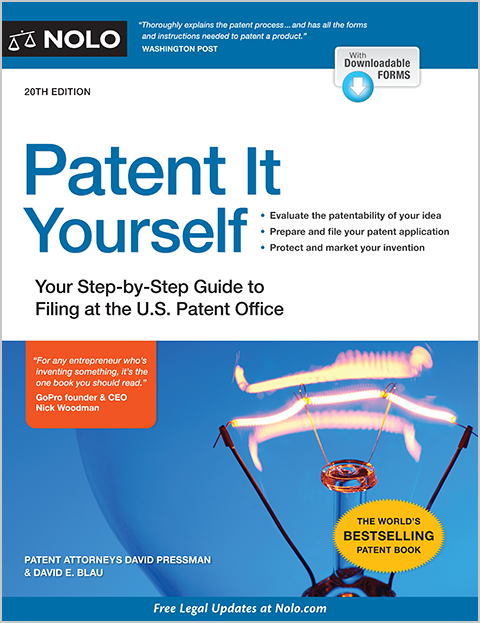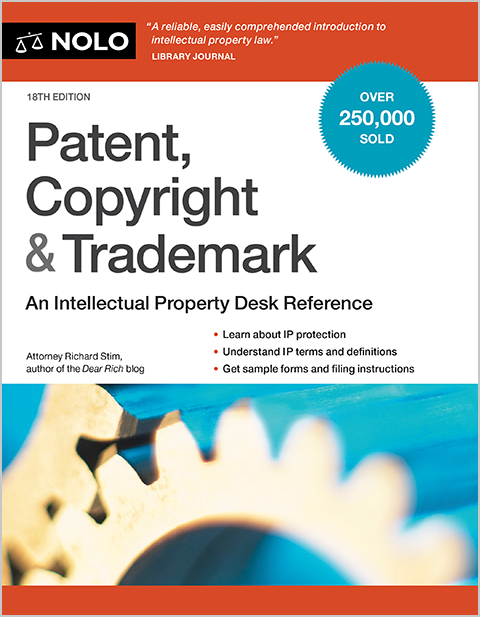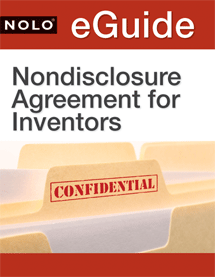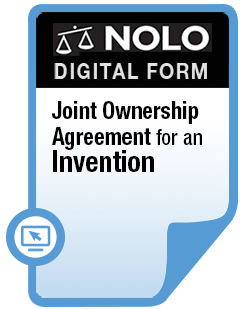Choose Class 10 for surgical, medical, dental, and veterinary apparatus and instruments.
Trademark Class 10 includes surgical, medical, dental, and veterinary apparatus and instruments, as well as artificial limbs, eyes, and teeth.
Specifically, the class includes hearing aids, massage chairs, baby bottles, injection needles, crutches, dentures, and X-ray CT scans.
What Goods Are Included Under Trademark Class 10?
The following is a more comprehensive list of Class 10 goods:
- Physical exercise apparatus for medical purposes, electric belts for medical purposes, heating cushions for medical purposes, heating pads for medical purposes, therapeutic hot and cold compression wraps, hot or cold therapy wraps, electronic stimulation apparatus for physical therapy purposes, force and motion testing apparatus for physical rehabilitation, body rehabilitation apparatus for medical purposes, and physical rehabilitation, physical therapy, and sports medicine equipment.
- Massage apparatus and instruments, esthetic massage apparatus, gloves for massage, massage apparatus, vibromassage device, massage stones, and massage chairs.
- Hearing aids, ear plugs, ear plugs for hearing protection, ear trumpets, digital hearing aids, hearing aids for the deaf, and medical hearing instruments and parts of such devices.
- Feeding bottles, pacifiers, breast pumps, dummies for babies, feeding bottle teats, feeding bottles, feeding bottle valves, and teething rings.
- Sex toys and sex dolls.
- Medical apparatus and instruments, abdominal pads, acupuncture needles, aerosol dispensers for medical purposes, armchairs for medical or dental purposes, apparatus for artificial respiration, bandages for joints, supportive bandages, basins for medical purposes, bedpans, cases fitted for medical instruments, containers for medical waste, cupping glasses, dialyzers, douche bags, drainage tubes for medical purposes, dropper bottles for administering medication, elastic stockings for surgical use, electric acupuncture instruments, medical electrodes, enema apparatus, fumigation apparatus, hypodermic syringes, ice bags for medical purposes, incubators for medical purposes, incubators for babies, inhalers for medical use, medical fluid injectors, insufflators, medical examination lamps, lancets, lasers for medical use, injection needles, obstetric forceps, quartz lamps for medical purposes, radiotherapy apparatus, respirators for artificial respiration, resuscitation apparatus, medical spittoons, spoons for administering medicine, stockings for varices, suspensory bandages, thermal packs for first aid purposes, tongue scrapers, traction apparatus for medical purposes, hernia bandages, ultraviolet lamps for medical purposes, urinals being vessels for medical purposes, urological imaging systems, vaporizers for medical purposes, veterinary apparatus and instruments, water bags for medical purposes.
- Veterinary operating lamps, obstetric apparatus for cattle, castrating apparatus for veterinary purposes, surgical apparatus and instruments, X-ray apparatus for veterinary use, ultrasound apparatus for veterinary use, and pet beds for therapeutic veterinary use.
- Contraceptive apparatus, condoms, and contraceptive implants.
- Diagnostic, examination, and monitoring equipment, blood testing apparatus, medical diagnostic apparatus for testing, electrocardiographs, gastroscopes, hematimeters, ophthalmometers, ophthalmoscopes, probes for medical purposes, pulse meters, arterial blood pressure measuring apparatus, sphygmomanometers, spirometers, stethoscopes, temperature indicator labels for medical purposes, blood testing apparatus, and thermometers for medical purposes.
- Medical image apparatus, medical image processor, electromagnetic medical diagnostic imaging apparatus, radiological apparatus for medical purposes, X-ray tubes for medical purposes, and X-ray photographs for medical purposes.
- X-ray apparatus for medical use, X-ray diagnostic apparatus, X-ray tubes for medical purposes, and X-ray CT scans.
- Surgical instruments and apparatus, anesthetic apparatus, anesthetic masks, balling guns, appliances for washing body cavities, surgical bougies, brushes for cleaning body cavities, cannulae, castrating pincers, catheters, surgical compressors, surgical knives, surgical cutlery, ear picks, finger guards for medical purposes, forceps, medical guidewires, microdermabrasion apparatus, surgical mirrors, vacuum pumps for medical purposes, saws for surgical purposes, scalpels, scissors for surgery, splints, surgical sponges, thermoelectric compresses, trocars, urethral probes, urethral probe syringes, uterine syringes, and vaginal syringes.
- Suture materials, medical devices for closing wounds, surgical catgut, surgical clips, suture needles, suture materials, and thread for medical use.
- Dental drills, dental burs, dental onlays, dental pliers, sprayers for cleaning gums and teeth used in dentists' offices during dental procedures, milling apparatus for dental purposes, dental mirrors, orthodontic appliances, orthodontic braces, orthodontic rubber bands, and orthodontic retainers.
- Furniture especially made for medical purposes, air pillows for medical purposes, air cushions for medical purposes, air mattresses for medical purposes, ambulance stretchers, bed vibrators, hydrostatic beds for medical purposes, water beds for medical purposes, beds specially made for medical purposes, electric blankets for medical purposes, childbirth mattresses, commode chairs, dentists' armchairs, drawsheets for sick beds, incontinence sheets, incontinence bed pads, patient lifting hoists, operating tables, pads for preventing pressure sores on patient bodies, soporific pillows for insomnia, surgical sterile sheets, stretchers, and surgical drapes.
- Operating room apparel, abdominal corsets, abdominal belts, belts for medical purposes, boots for medical purposes, gloves for medical purposes, hypogastric belts, masks for use by medical personnel, maternity support belts, strait jackets, and umbilical belts.
- Prosthetic limbs, artificial implants, artificial eyes and teeth, artificial skin, artificial hearts, hair prostheses, prosthetic ligaments, prosthetic tissues, pessaries, artificial breasts, heart pacemakers, intraocular lenses, stents, and surgical implants comprising artificial material.
- Dental prostheses, artificial teeth, artificial jaws, dentures, flexible partial dentures, dental clips for securing preexisting dentures, and pins for artificial teeth.
- Orthopedic walkers, walkers to aid in mobility, arch supports for footwear, orthopedic bandages, orthopedic belts, corsets for medical purposes, crutches, orthopedic knee bandages, orthopedic footwear, orthopedic braces, orthopedic supports, slings for medical use, orthopedic soles, supports for flat feet, and tips for crutches.
What Goods Aren't Included Under Class 10?
But you would not use Class 10 if you're applying for:
- surgical bandages (Class 5 - Pharmaceuticals)
- first aid kits (Class 5 - Pharmaceuticals), and
- bed sheets used in health care (Class 24 - Textiles).
Examples of Trademarks in Class 10
You can find trademarks that have been applied for or registered by the United States Patent and Trademark Office (USPTO) under Class 10 in the Trademark Electronic Search System (TESS), an electronic trademark database.
Some well-known examples of Class 10 marks include:
- MEDELA (feeding bottles and breast pumps)
- MEDPRIDE (surgical gloves and masks), and
- MEDTRONIC (pacemakers and EKGs).
USPTO Trademark Classes
The USPTO, the federal agency that oversees the registration of federal trademarks, divides marks into 45 different classes of products and services. The purpose of these classes is to allow different types of businesses to register their trademarks into categories most related to their core business.
The first 34 classes consist of different broad categories of goods. The last 11 classes consist of different broad categories of services.
Related or Coordinated Classes to Class 10
If you're not sure whether you should apply for your mark under Class 10, you can consider a "coordinated" class. A coordinated class is one that's related to another class, usually because the USPTO has determined that applicants filing within one particular class often file in other specific classes, too.
For Class 10, the USPTO has determined the following classes to be coordinated classes:
- Class 5 - Pharmaceuticals
- Class 35 - Advertising and Business Services
- Class 42 - Computer and Scientific Services, and
- Class 44 - Medical, Beauty, and Agricultural Services.
Trademark Filing Fees
The trademark class system will also affect the scope of the registration fees that you pay. The USPTO charges a set filing fee per class of goods or services. So, if you apply for a trademark for posters (Class 16) and shirts (Class 25), you must pay the filing fee for two classes, which is double the filing fee for one class. (37 C.F.R. §2.6(a)(1)(2022).)
Be sure to indicate the correct class at the time you're registering a trademark—if the application doesn't already do so for you. If you list the incorrect class, you must restart the application process, and your filing fees will not be refunded.
Your registration is restricted to those classes that encompass the goods or services you're already offering (as shown by the specimens you submit) or that you plan to offer (if you're registering on an intent-to-use basis).
USPTO Specimens
At some point in the trademark application process, you'll need to supply the USPTO with a specimen. A specimen is a real-world example of how your mark is being used in association with your goods or services. In other words, it's how customers come across your mark as they shop for your goods or services.
If you're applying for a use-in-commerce trademark (you're already using your trademark to sell your goods or services), then you'll submit a specimen with your trademark application. If you're applying for an intent-to-use trademark (you haven't started using your trademark yet but plan to), then you'll submit a specimen after you've already submitted your trademark application once the trademark examiner—the person at the USPTO reviewing your application—requests it from you.
For every class of goods or services, you'll need to submit at least one specimen regardless of how many goods or services are listed under the class. So, if you apply for hats, t-shirts, and socks under Class 25, then you'll only need to submit one specimen and you can choose which good to include in your specimen.
(37 C.F.R. §2.34(b)(2)(2022).)
Acceptable Specimens for a Goods Trademark
The specimen must show the mark as used on or in connection with the goods in commerce. Specifically, a specimen for a goods trademark must show use of the mark in a manner that would be perceived by potential purchasers as identifying the applicant's goods and indicating the goods' source.
When a trademark is on the good itself or on the packaging or containers of the goods, photographs or facsimiles showing the trademark in use on or with the goods are acceptable.
A specimen for a goods trademark can appear:
- On the good itself. The trademark can be imprinted on the body of the goods, as with metal stamping; it can be applied by a rubber stamp; or it can be inked on by using a stencil or template.
- On a tag for the good. For example, you could include your trademark on a sales tag above the product price, or it can be printed below the product specifications on a mattress tag.
- On a label for the good. For instance, your trademark could be on the UPC barcode sticker or on a drink's ingredients label. You could also use shipping or mailing labels affixed to the goods as long as the trademark functions as an indicator of the good's source. For example, if the trademark appears only on the return address, then the specimen wouldn't be appropriate.
- Directly on the packaging or container for the good. The trademark can be on any type of commercial packaging that's normal for the particular goods as they move in trade, such as shipping boxes or shelf display packaging. For instance, gasoline pumps are normal containers or "packaging" for gasoline.
- On a display associated with the goods. If you sell your goods at trade shows or community events, your trademark could be printed out next to a display of your goods as long as customers can connect your trademark with the goods. For example, your trademark could be printed on the tablecloth at your booth or on a sign hanging from your pop-up tent.
(37 C.F.R. §2.56(2022).)
Webpage Listing for a Goods Trademark
If you sell your goods online—whether on your own website or on a third-party online marketplace—you can use a screenshot of the webpage where your good is listed for sale as your specimen.
The webpage must include:
- your trademark, either in the webpage header or in another prominent position
- a picture or description of your good, and
- a way for consumers to immediately purchase your good, such as an "add to cart" or "buy now" option.
If you use this kind of specimen, be sure you include—either on the screenshot or in the application—the website URL and the date you last accessed the webpage. (37 C.F.R. §2.56(c)(2022).)
While most marks appear in writing somewhere, trademarks can also be in audio format. If your mark represents a service, and it appears only on radio ads or in some other audio form, you can submit a sound file of the audio.
For more information about trademarks and federal registration, see our section on trademark law.
Talk to a Lawyer
Need a lawyer? Start here.
How it Works
- Briefly tell us about your case
- Provide your contact information
- Choose attorneys to contact you
- Briefly tell us about your case
- Provide your contact information
- Choose attorneys to contact you



